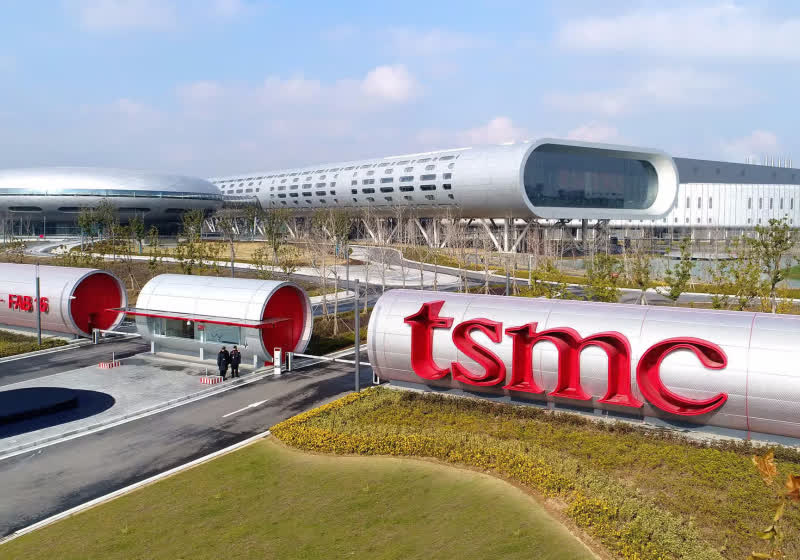Image-Intrinsic Priors for Integrated Circuit Defect Detection and Novel Class Discovery via Self-Supervised Learning
PositiveArtificial Intelligence
Image-Intrinsic Priors for Integrated Circuit Defect Detection and Novel Class Discovery via Self-Supervised Learning
A new approach called IC DefectNCD has been introduced to enhance defect detection in integrated circuit manufacturing. This method leverages self-supervised learning to identify defects without the need for extensive human annotation, addressing challenges posed by rare and emerging defect categories. This innovation is significant as it promises to improve product reliability and yield in a complex manufacturing environment, potentially transforming how defects are managed in the industry.
— via World Pulse Now AI Editorial System



